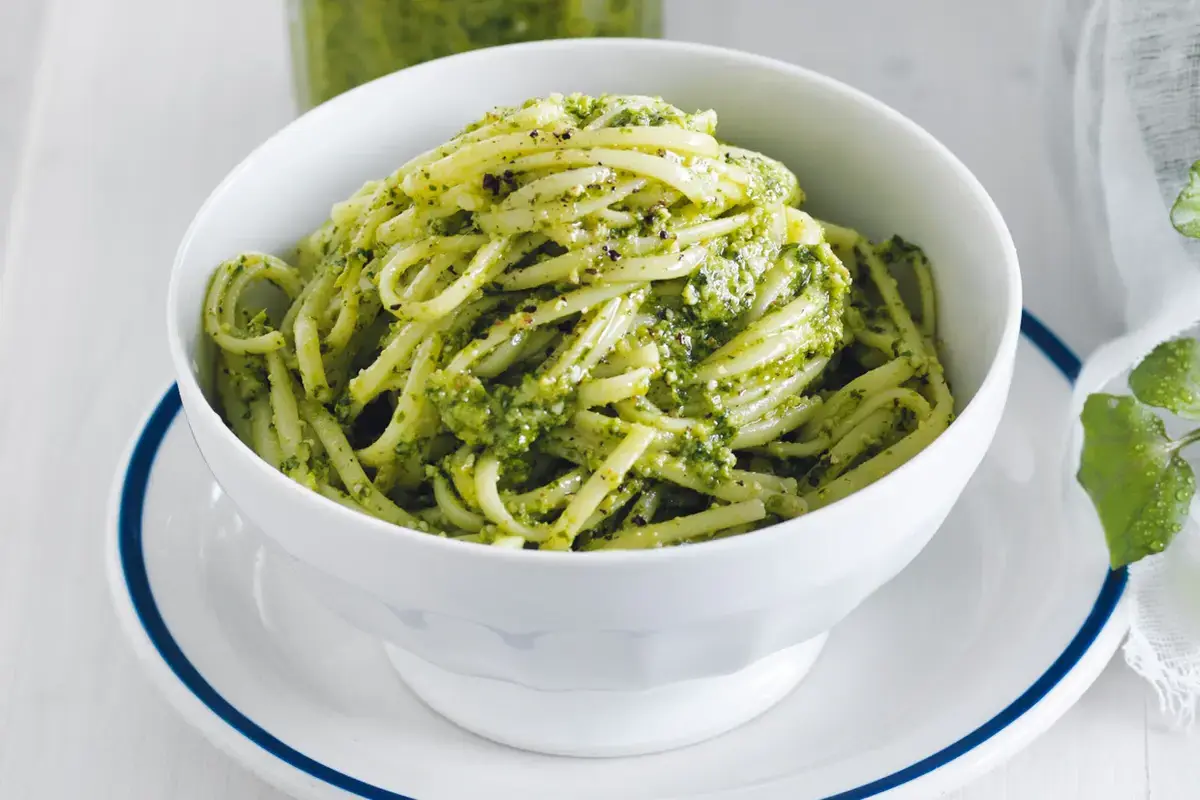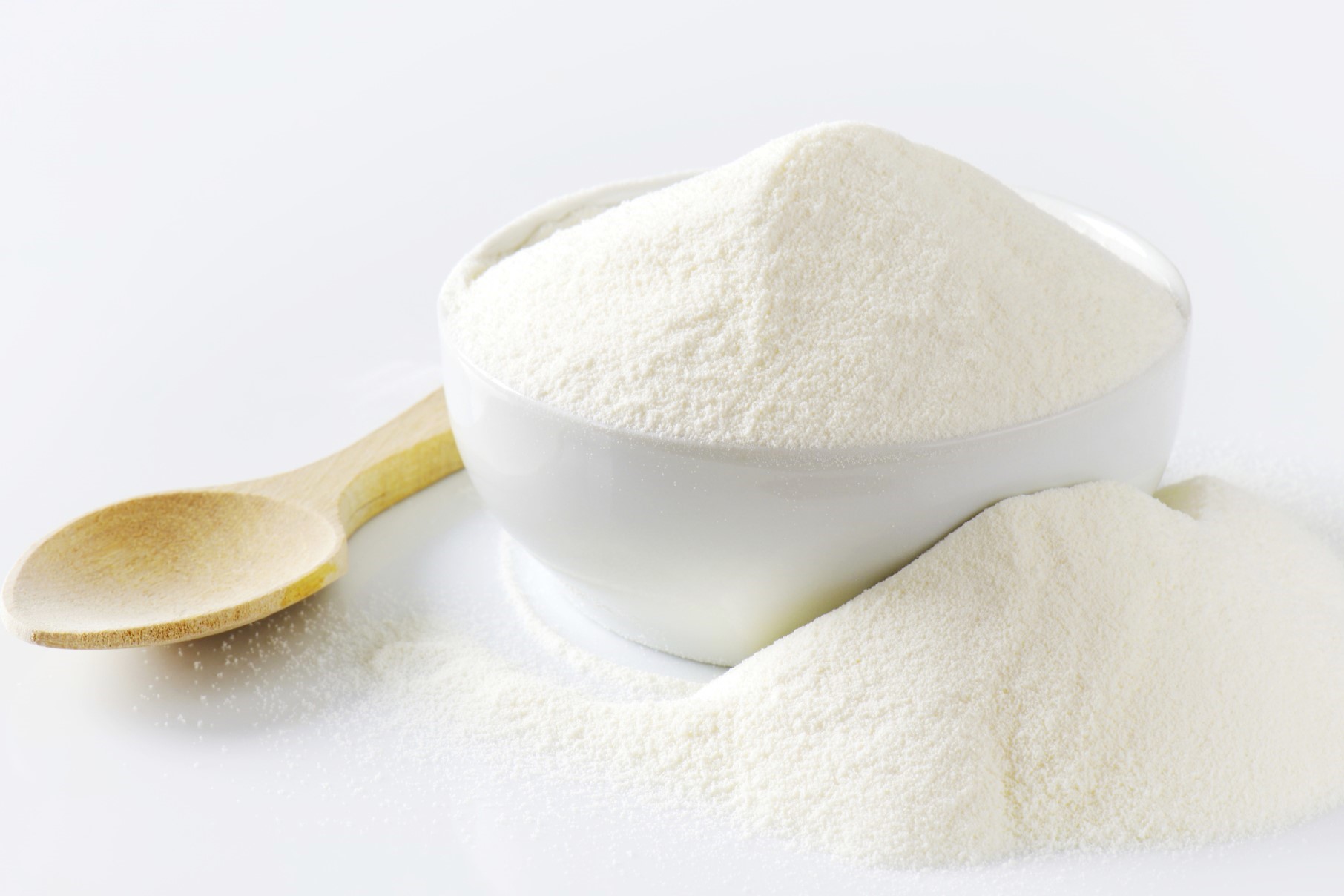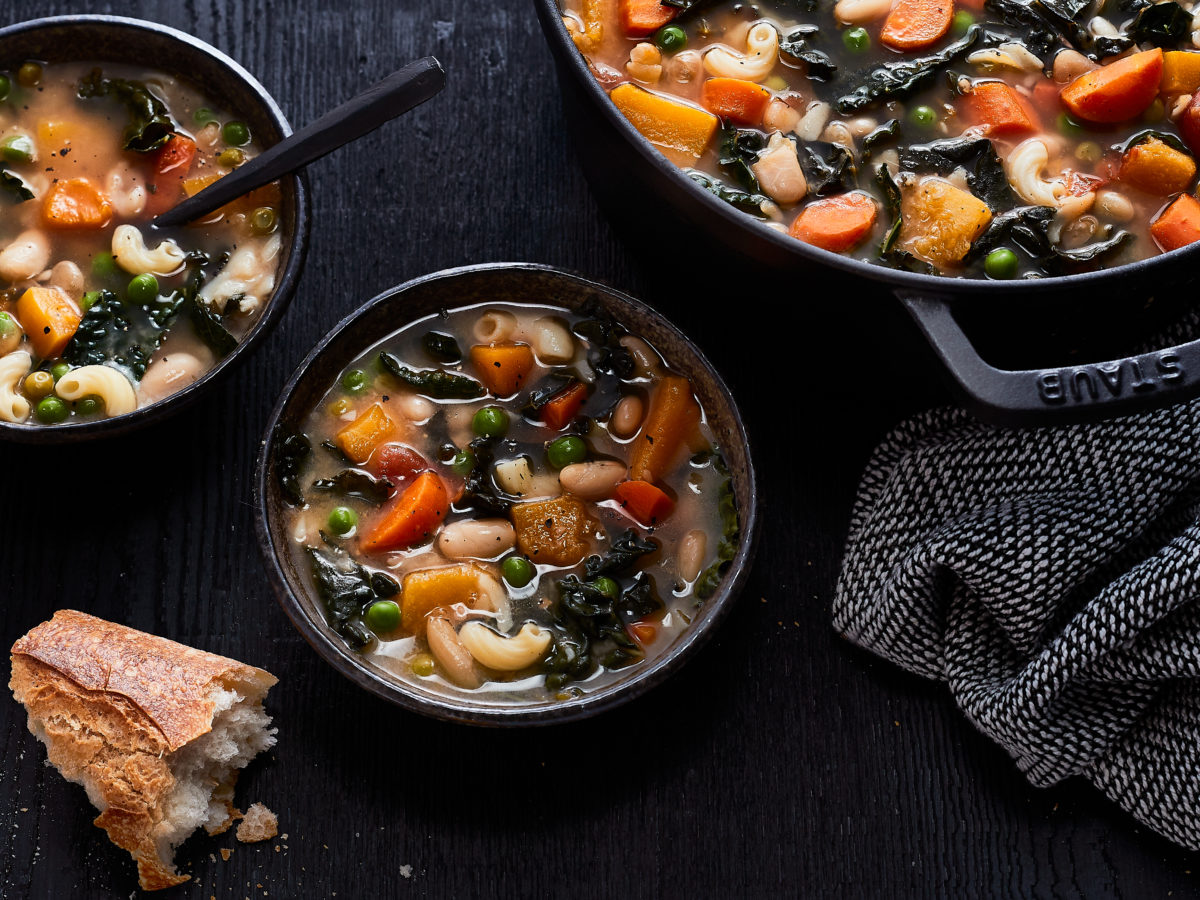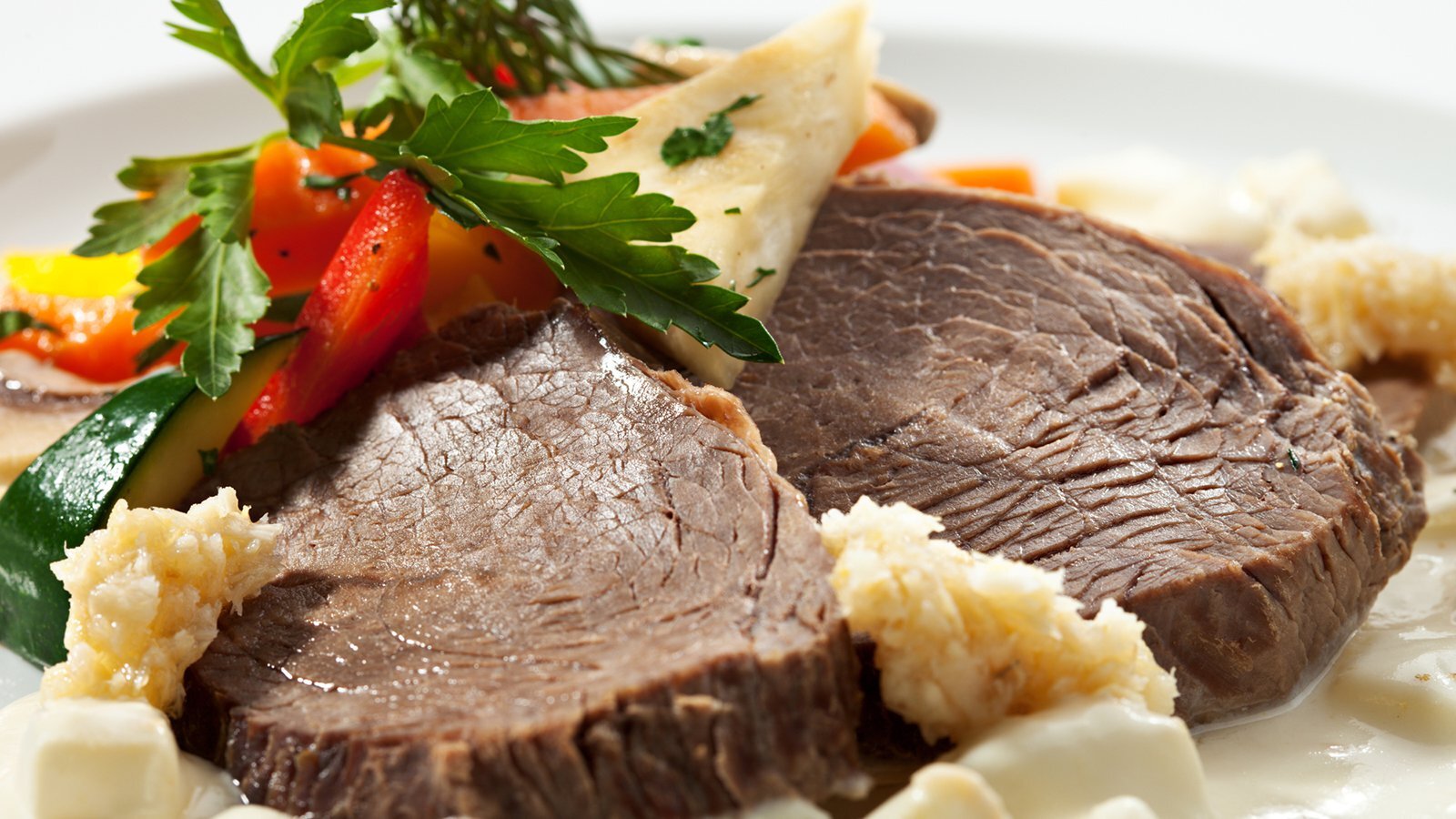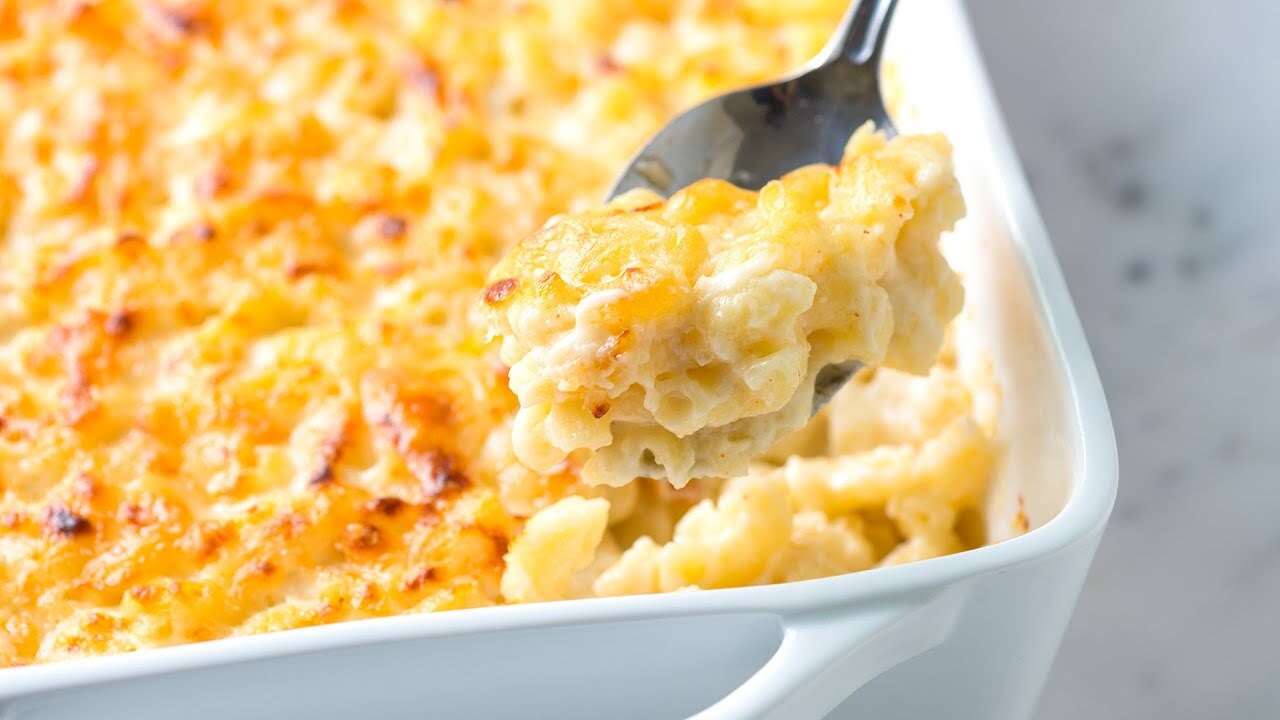Understanding the Difference Between Scallions and Green Onions
When it comes to cooking, understanding the difference between scallions and green onions can make a big difference in the flavor and presentation of your dishes. While these two ingredients may look similar, there are some key distinctions that set them apart.
Scallions
Scallions, also known as green onions, are young onions that are harvested before the bulb has had a chance to swell. The white base of the scallion has not fully developed into a bulb, and the green tops are long, straight, and hollow. These onions have a mild flavor that is less pungent than that of mature onions, making them a popular choice for adding a subtle onion flavor to dishes.
Green Onions
On the other hand, green onions are simply onions that are harvested when they are still young and before the bulb has fully formed. The entire onion, from the white base to the green tops, is edible. Green onions have a slightly stronger flavor compared to scallions, but they are still milder than fully matured onions.
How to Tell Them Apart
While the terms “scallions” and “green onions” are often used interchangeably, there are some subtle differences that can help you tell them apart:
- Scallions typically have a straight, narrow white base that does not bulge, while green onions may have a slightly larger, rounded base.
- The green tops of scallions are long, straight, and hollow, while green onions may have more curved or wilted tops.
- Green onions may have a slightly stronger flavor compared to scallions.
Using Scallions and Green Onions in Cooking
Both scallions and green onions can be used in a variety of dishes to add flavor and color. Here are some popular ways to use them:
- Chopped and sprinkled over soups and salads for a fresh, mild onion flavor.
- Sliced and added to stir-fries and noodle dishes for a pop of color and flavor.
- Used as a garnish for tacos, nachos, and other Mexican dishes.
- Added to omelets and frittatas for a hint of onion flavor.
Conclusion
While scallions and green onions are often used interchangeably, understanding their subtle differences can help you choose the right ingredient for your culinary creations. Whether you prefer the mild flavor of scallions or the slightly stronger taste of green onions, both of these versatile ingredients can add a delightful touch to a wide range of dishes.
Next time you’re in the kitchen, consider reaching for scallions or green onions to elevate the flavor and presentation of your favorite recipes.
Was this page helpful?
Read Next: What Is The State Drink Of South Carolina?
